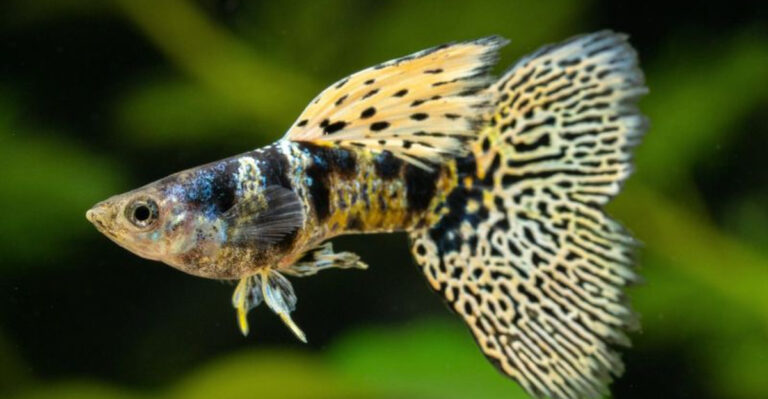22 Incredible Animals That Live Over 100 Years And Defy Aging
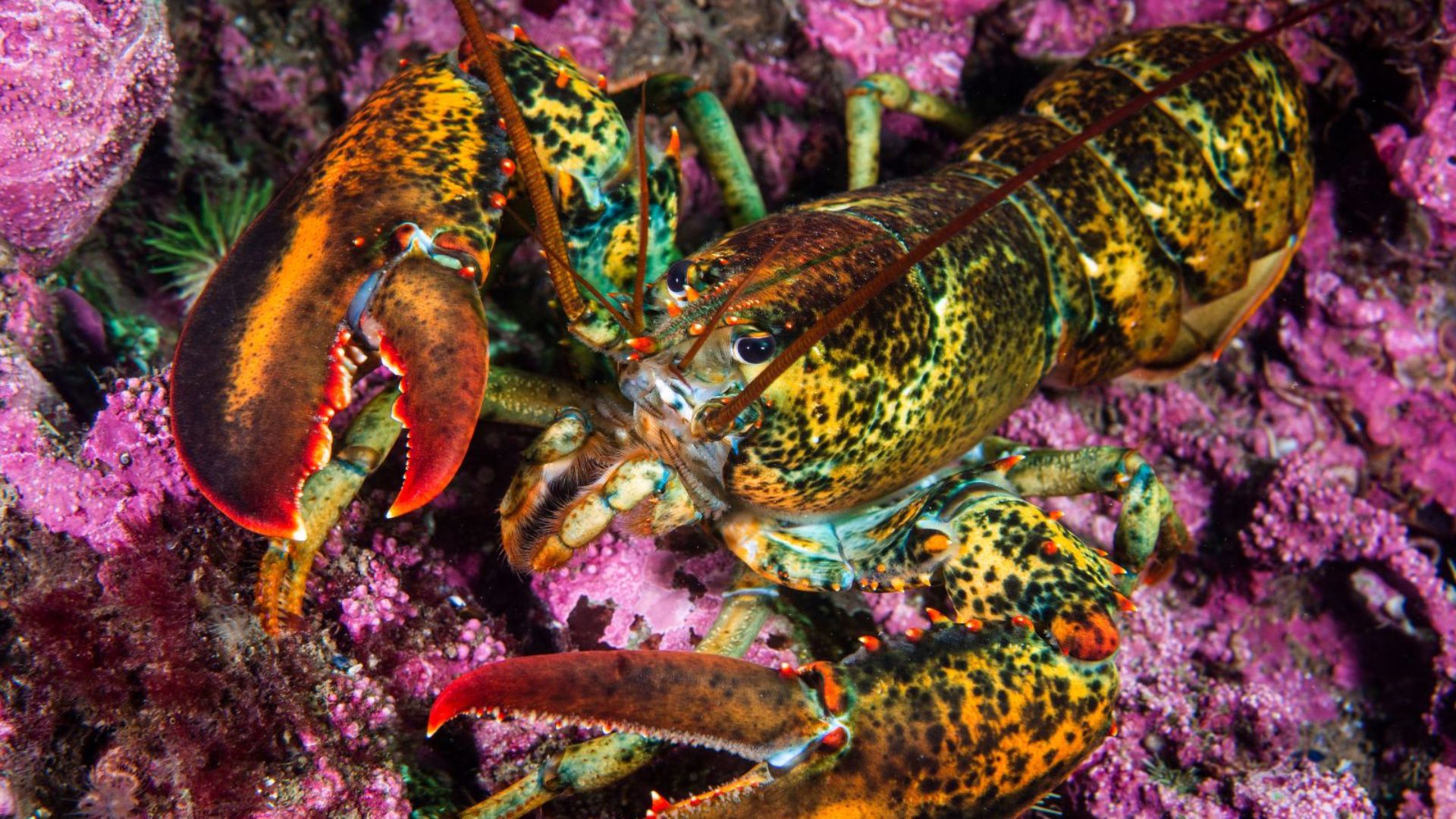
When it comes to long-lived animals, we often picture majestic whales or slow-moving tortoises. But the animal kingdom is full of surprises – creatures that can easily surpass a century in age and seem almost timeless.
From ancient fish lurking in the ocean’s depths to tiny creatures with the power to reverse aging, these animals have evolved some incredible tricks for a long life.
This list explores such animals, each with a fascinating little story of survival, resilience, and adaptation.
22. Sea Anemone (100+ years)
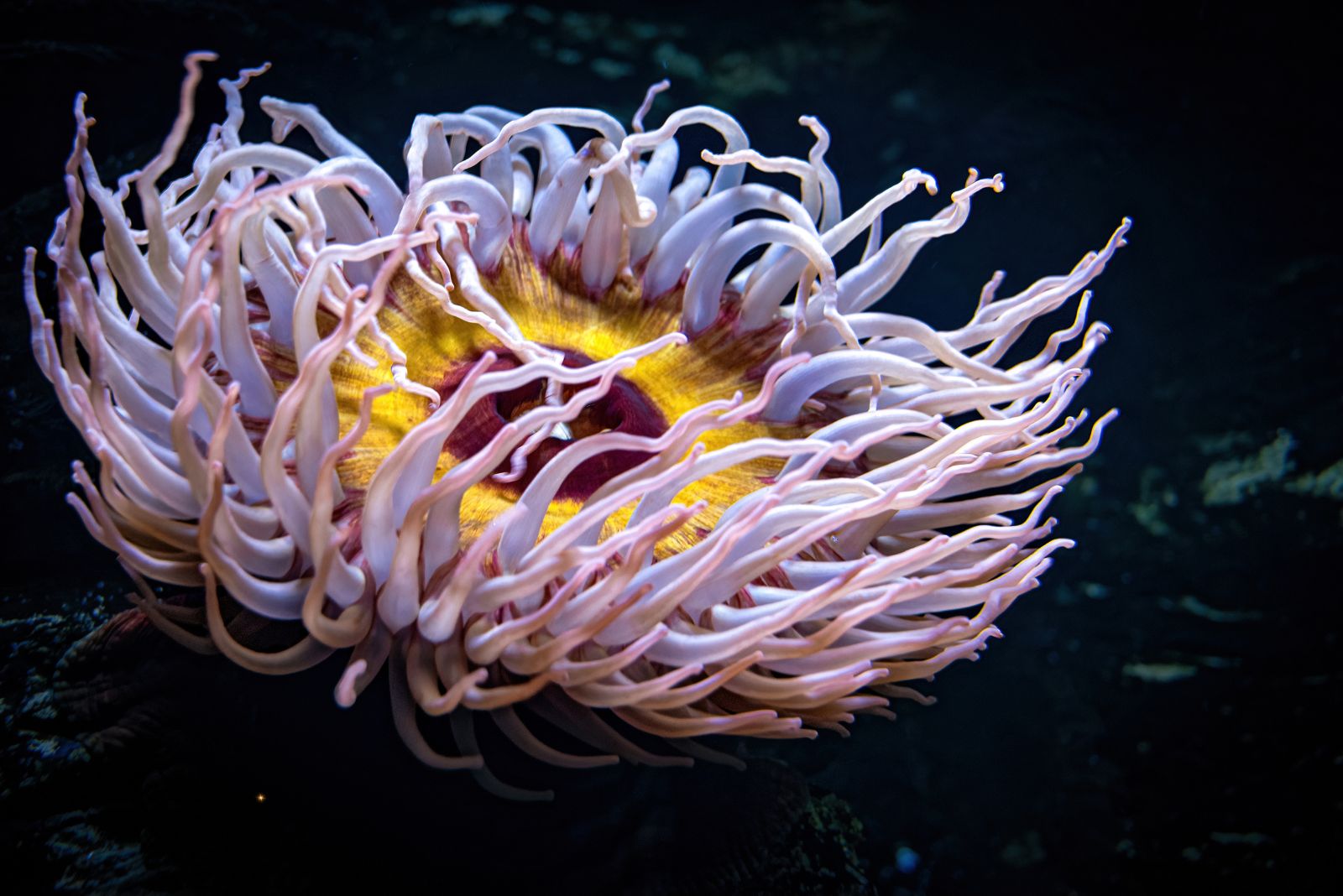
The Sea Anemone, a fascinating marine invertebrate, is known for its incredible potential for longevity, with some species believed to live for several centuries under optimal conditions.
This seemingly ageless creature owes its impressive lifespan to its ability to regenerate cells continuously, slowing the effects of aging. Unlike most animals, the Sea Anemone lacks a fixed lifespan and shows minimal signs of aging, a phenomenon called “negligible senescence.”
This cellular regeneration allows some species to survive for hundreds of years in stable environments, making them one of the longest-living animals in the ocean.
21. Macaw Parrot (100+ years)

The Macaw Parrot is not just famous for its vibrant plumage and intelligence but also for its remarkable lifespan. In captivity, macaws can live well over 100 years, with some individuals documented to reach 120 years under optimal care.
In the wild, their lifespans are typically shorter, around 50-60 years, due to environmental factors and predators. Their longevity is often linked to their slow aging process, strong immune system, and social behaviors that help them thrive.
However, their long life requires dedicated care, proper nutrition, and mental stimulation, making them a lifetime commitment for pet owners.
20. Green Sea Turtle (100+ years)
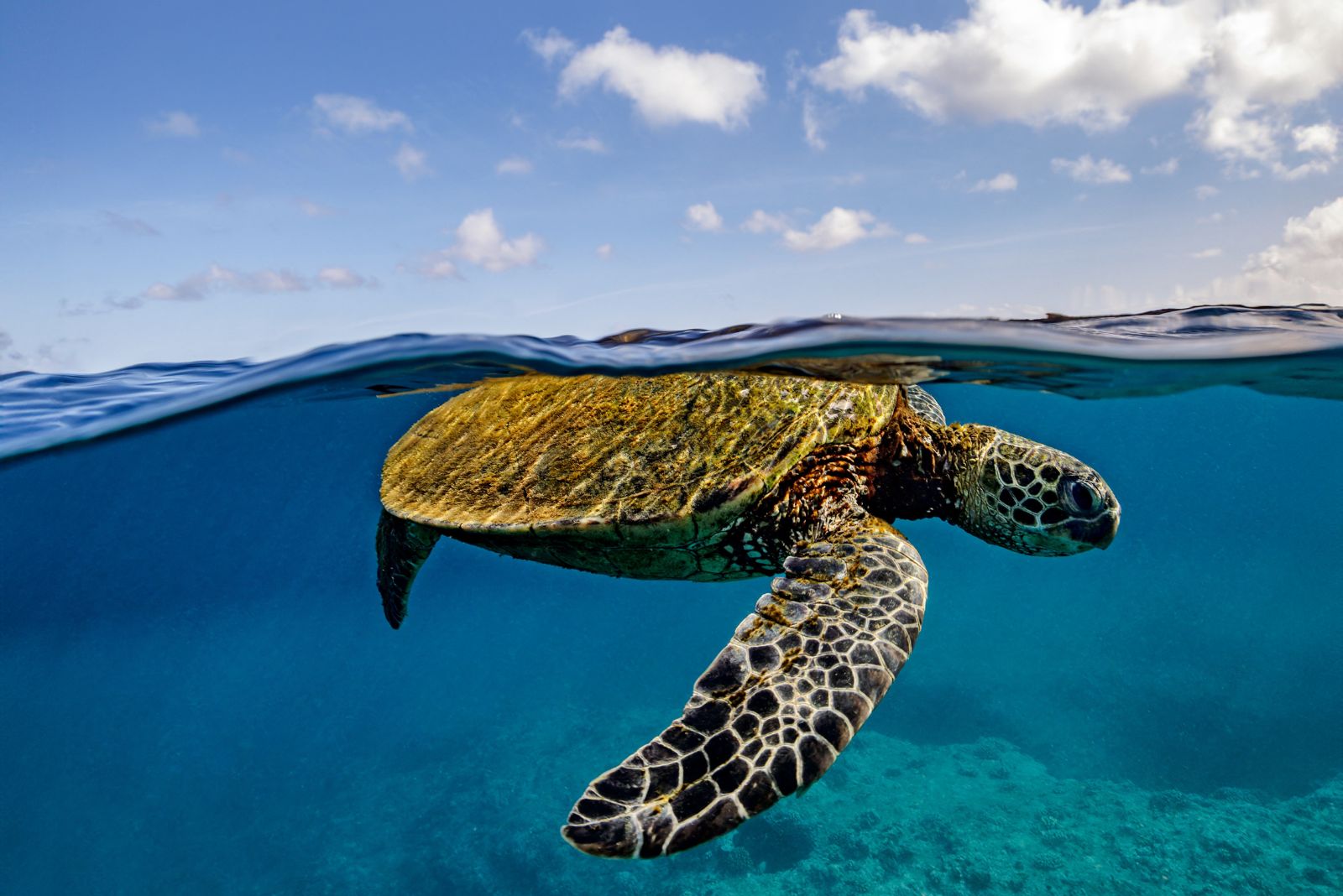
Green sea turtles are not only ancient creatures in lineage but also in age. They can live well over a century in the wild. These marine reptiles are known for their long migrations between feeding grounds and nesting beaches, often crossing entire oceans.
Their longevity is a testament to their resilience, though they face threats from habitat destruction and pollution. Conservation efforts are crucial to ensure these incredible animals continue to thrive.
19. Saltwater Crocodile (100+ years)
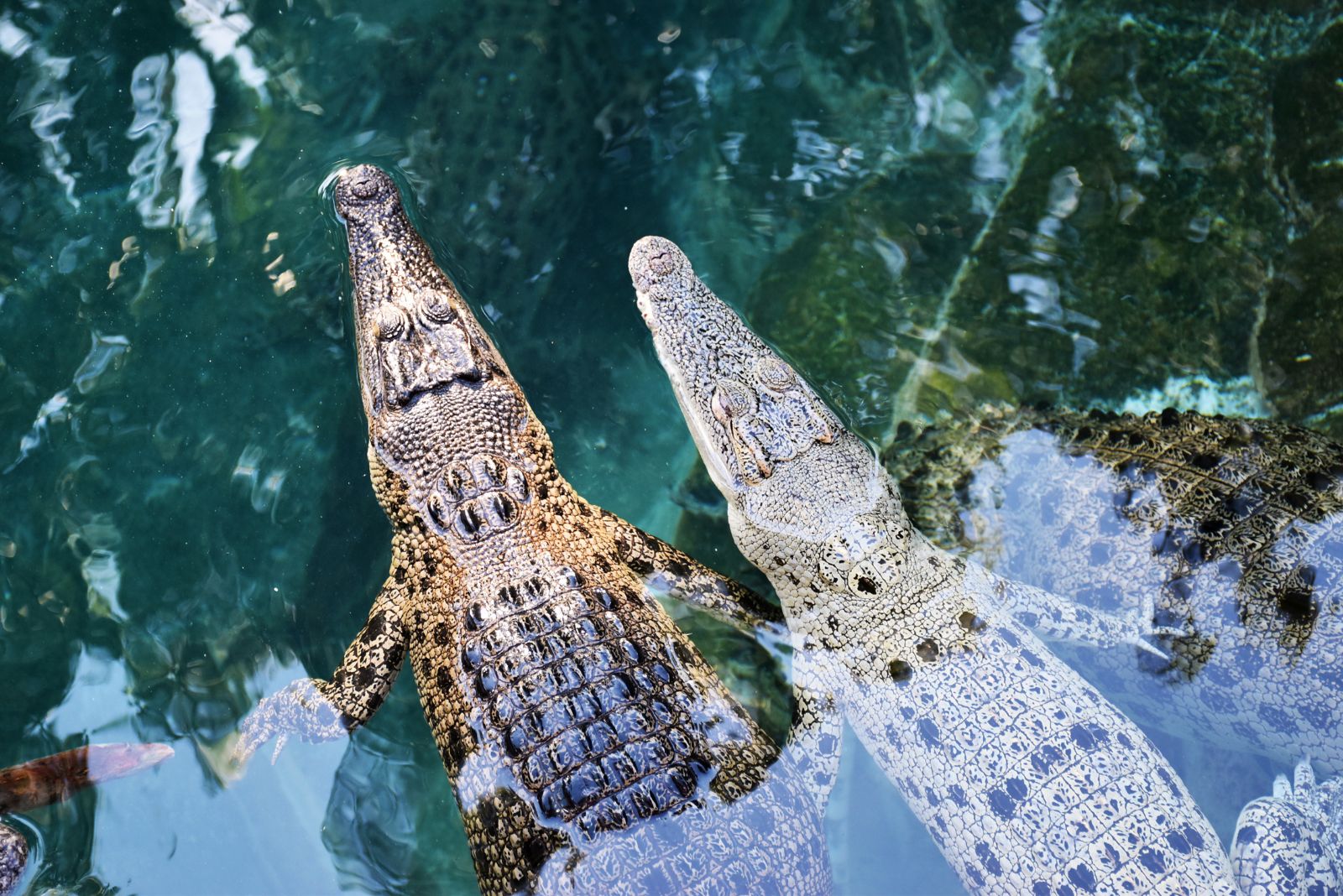
The saltwater crocodile isn’t only a powerful predator; it’s also impressively long-lived, often reaching over 100 years!
These ancient reptiles are renowned for their powerful jaws and incredible adaptability, making their homes in various habitats, including coastal waters, rivers, and swamps.
But there’s more to them than meets the eye. Did you know they can hold their breath for over an hour while stalking their prey? This allows them to ambush unsuspecting animals, showing their cunning hunting skills and remarkable survival instincts.
18. Box Turtle (100+ years)
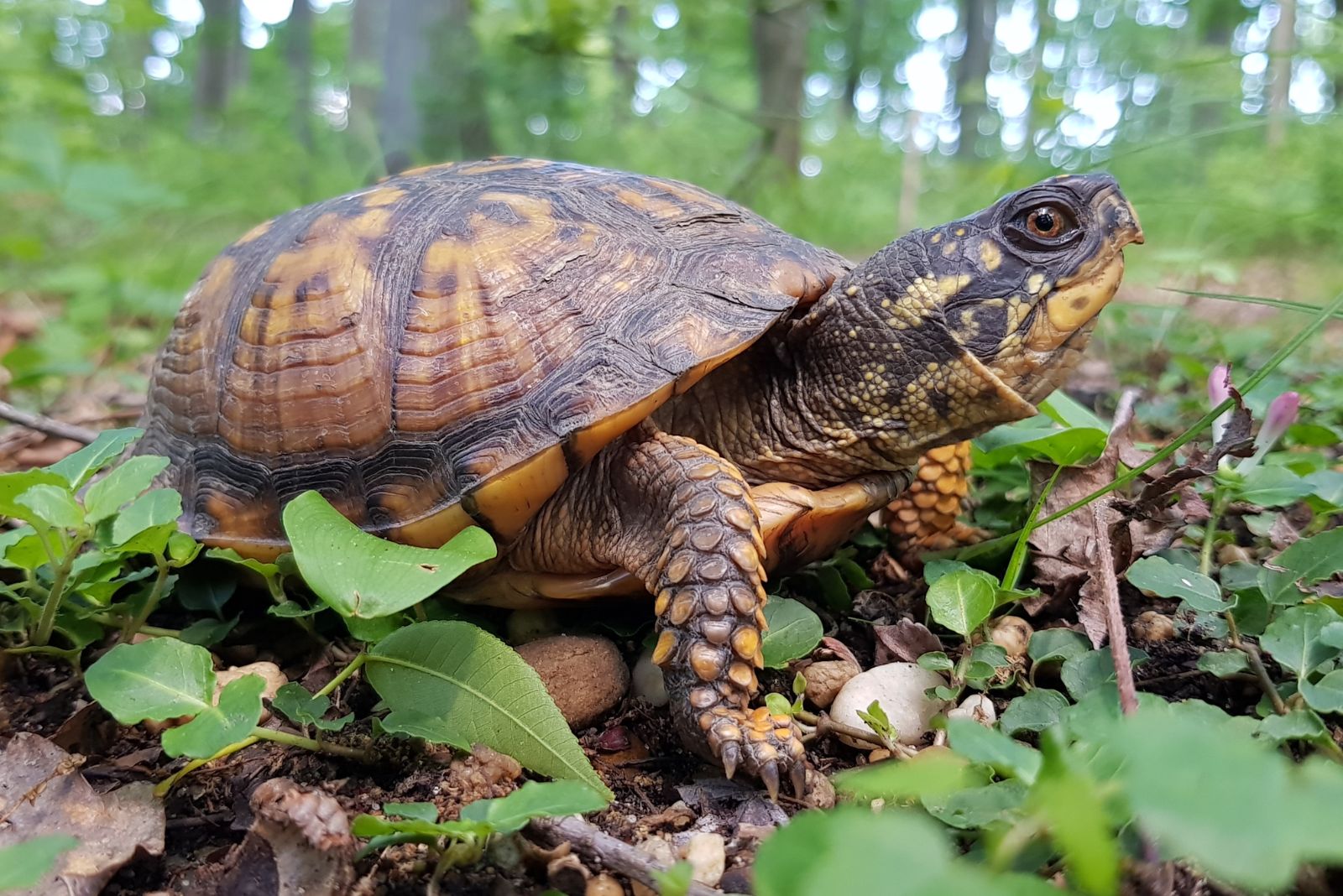
Box turtles are remarkable survivors, often living well over 100 years!
Recognizable by their unique hinged shells, which allow them to securely close themselves up when threatened, these turtles are as fascinating as they are resilient.
They flourish in a range of habitats and enjoy a diverse diet of fruits, vegetables, and insects, highlighting their impressive adaptability in the wild. With their remarkable longevity, box turtles have become symbols of endurance and protection in nature.
17. American Lobster (100+ years)
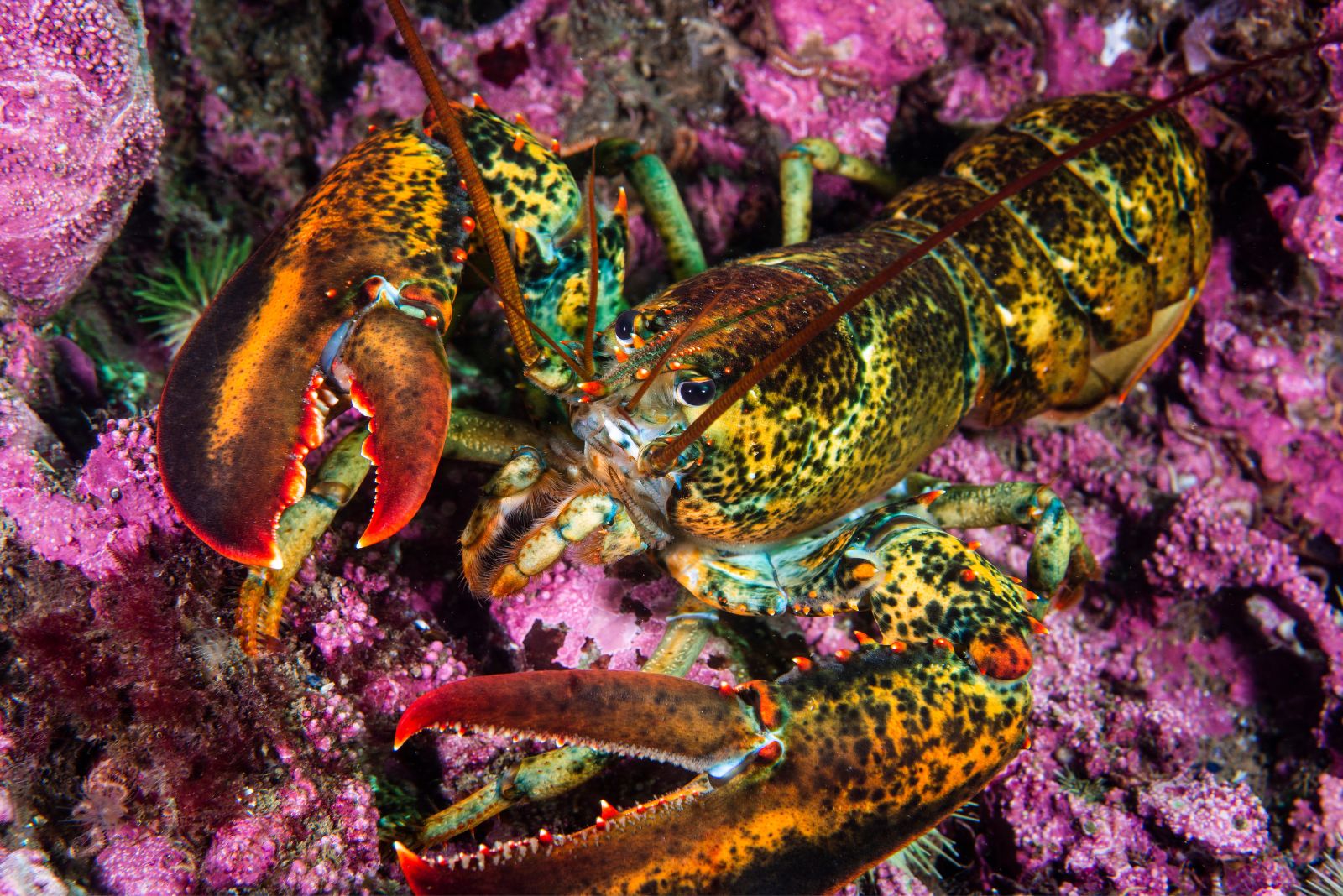
The American lobster isn’t just prized in the kitchen; it can also live for over a century!
These crustaceans are famous for their delectable meat and striking blue shells when cooked, but their life story is equally captivating. Lobsters keep growing their entire lives, with some reaching over 40 pounds in weight!
They inhabit the cold, deep waters of the North Atlantic, where they play an essential role in the marine ecosystem. Their impressive longevity and growth make them a fascinating subject of study for scientists and seafood lovers alike.
16. Tuatara (100+ years)

The tuatara is a remarkable reptile native to New Zealand, with a lifespan that can surpass 100 years.
Although they resemble lizards, tuataras belong to their own unique order, making them one of the most intriguing species on the planet.
What’s truly fascinating is their “third eye,” located on the top of their heads, which helps them detect light and movement. Though it doesn’t function like their other eyes, it plays a vital role in their circadian rhythms.
15. Aldabra Giant Tortoise (120+ years)
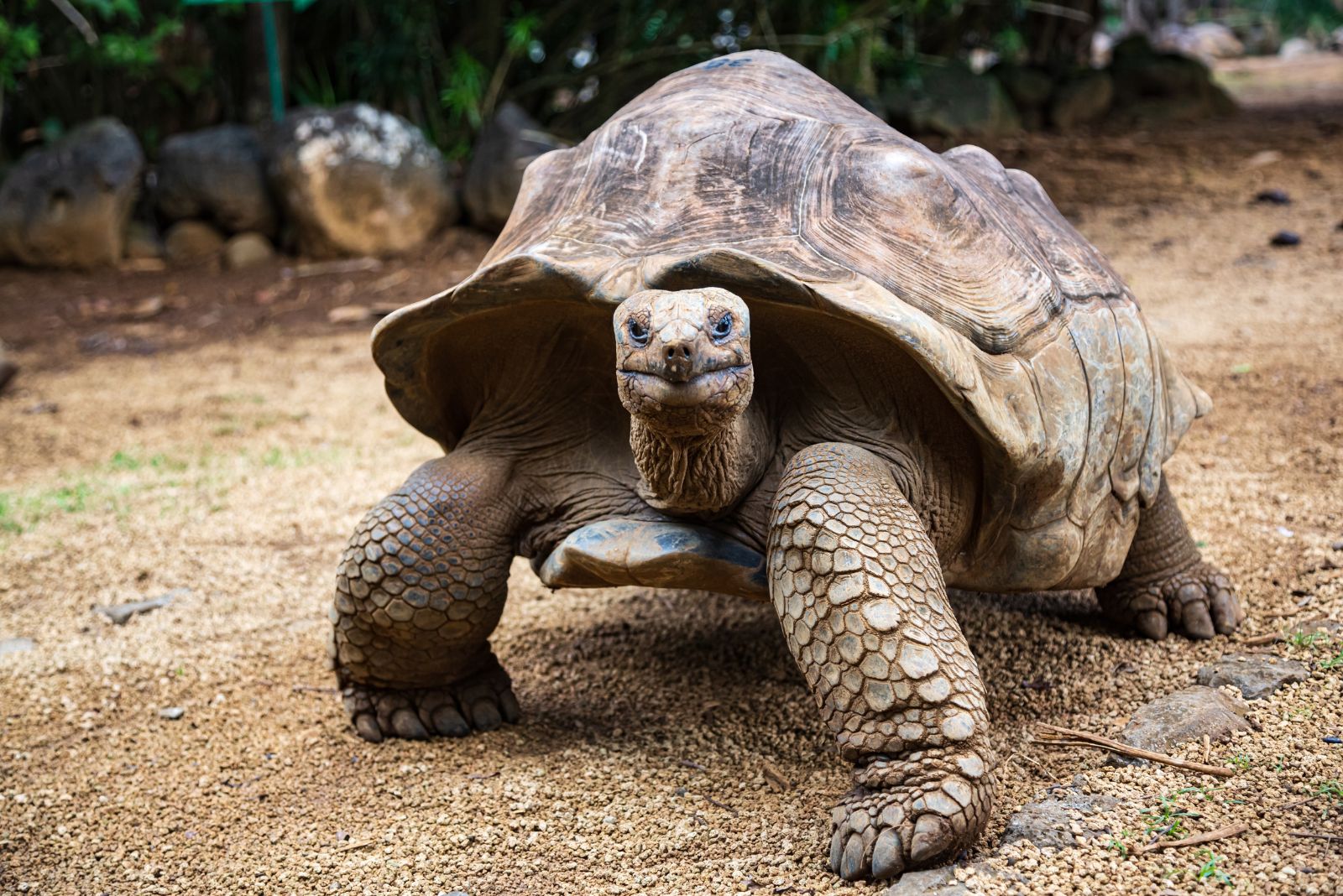
Native to the Aldabra Atoll in the Indian Ocean, these massive tortoises are some of the longest-living terrestrial animals, often exceeding 120 years. With their slow metabolism and peaceful lifestyle, Aldabra giant tortoises are a marvel of nature.
They play a vital role in their ecosystem by helping to disperse seeds and maintain vegetation. Their impressive age and size make them a true wonder of the natural world.
14. Orange Roughy (150+ years)

The orange roughy is a deep-sea fish admired for its bright orange color and delicious flavor, with some living as long as 150 years!
They inhabit the deep, dark waters of the ocean, where their slow growth rates and late maturity make them particularly vulnerable to overfishing.
Due to their longevity and specific habitat needs, orange roughy populations are under threat, prompting conservation efforts to ensure their survival. Their unique life cycle and delicious flavor make them a species worth protecting for future generations.
13. Lake Sturgeon (150+ years)
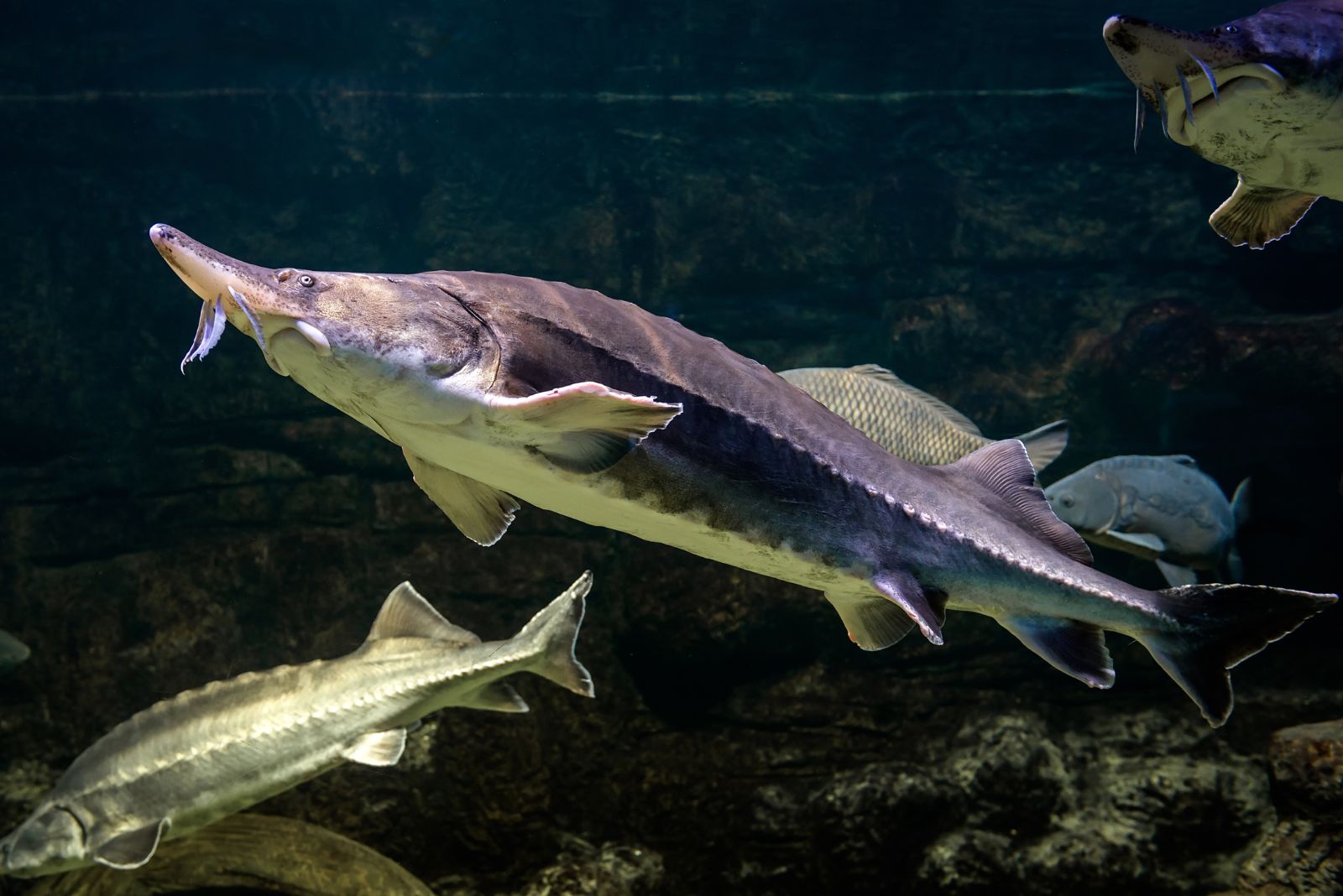
Lake sturgeons are among North America’s oldest fish, with lifespans reaching up to 150 years!
They have thrived in freshwater rivers and lakes for millions of years, playing a vital role in their ecosystems. Known for their bony scutes instead of scales, lake sturgeons are also prized for their caviar, which is considered a delicacy.
Their remarkable longevity and historical significance make them a key species for conservation efforts, reminding us of the importance of preserving our natural heritage.
12. Galápagos Tortoise (150+ years)
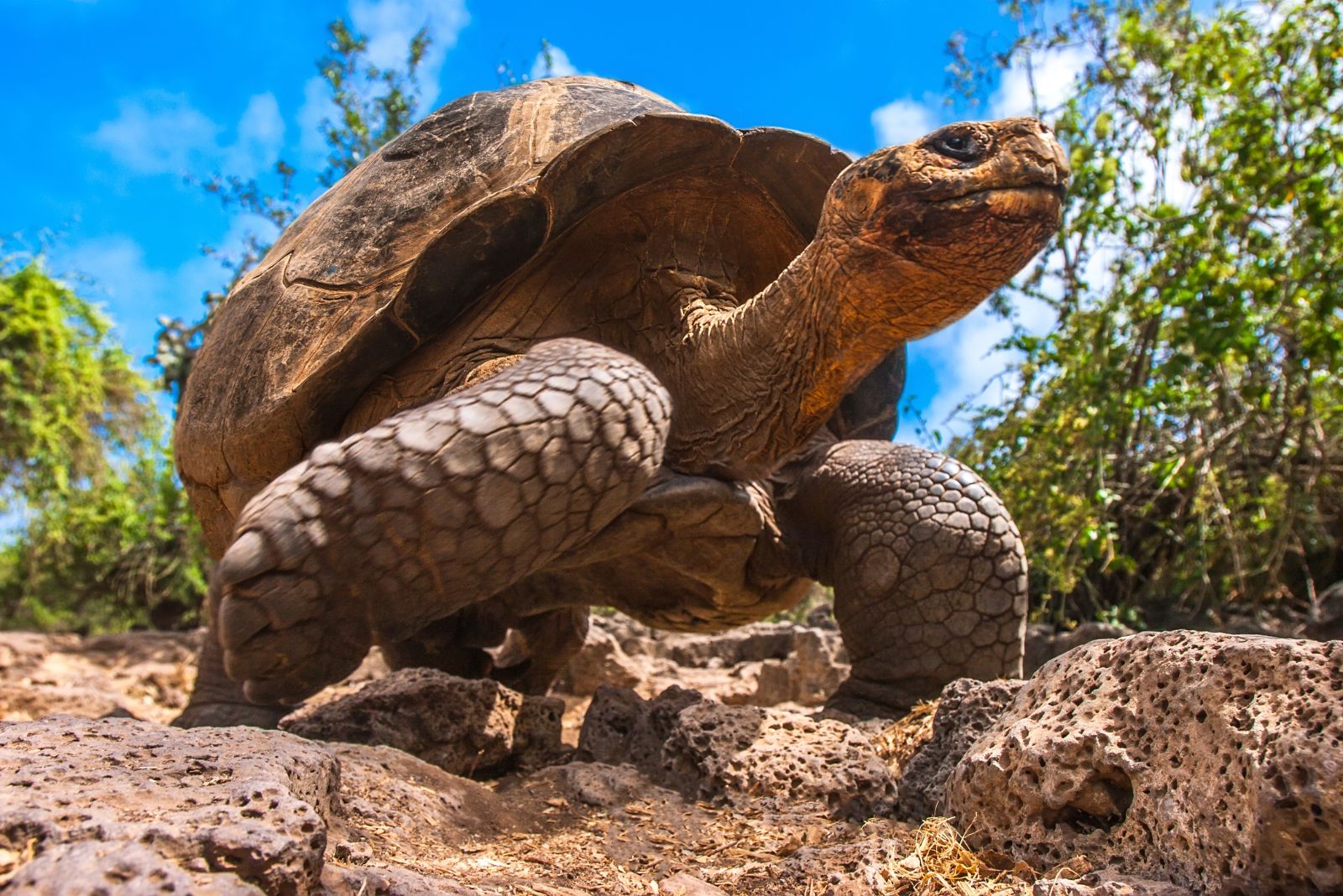
The Galápagos tortoise is a symbol of longevity, often surpassing 150 years in age and weighing more than 500 pounds!
These gentle giants are essential to their island ecosystems, helping to maintain vegetation and promote biodiversity. Their slow-paced lifestyle and unique adaptations allow them to thrive in their harsh environment, making them a symbol of resilience.
With their long lifespans and critical role in the ecosystem, Galápagos tortoises highlight the wonders of nature and the need for conservation.
11. Geoduck (168+ years)
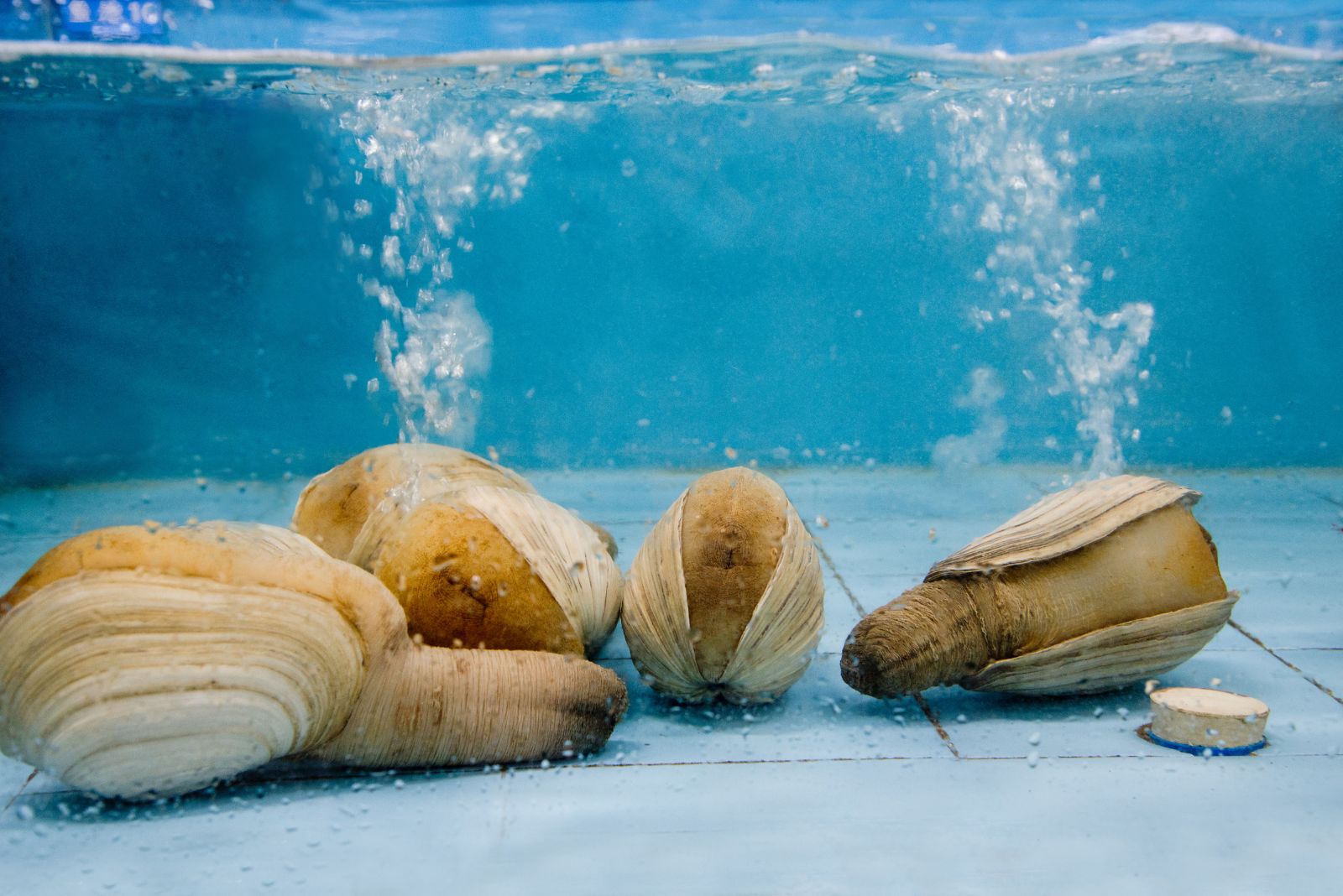
Geoducks are fascinating clams that can live for an astonishing 168 years or more!
Known for their unique appearance, these mollusks have a long neck that extends from their shells, giving them a distinctive look. Considered a delicacy in various cuisines, especially in Asian dishes, geoducks are harvested for their sweet, succulent meat.
Their lengthy lifespans and unusual characteristics make them a subject of interest not just for food lovers but also for marine biologists studying longevity in aquatic species.
10. Red Sea Urchin (200+ years)

Red sea urchins can surpass 200 years of age, making them among the oldest marine creatures!
These spiny ocean inhabitants play a crucial role in their ecosystems, helping to maintain the balance of marine life. With vibrant hues that attract divers, red sea urchins are more than just visually striking; they are vital contributors to their habitats.
Their impressive longevity adds to the mystery of the ocean and the incredible adaptations of its creatures.
9. Bowhead Whale (200+ years)

The bowhead whale is famous for its remarkable longevity, often living up to 200 years!
These majestic creatures boast distinctive bow-shaped heads, which are specially adapted for breaking through thick Arctic ice. Their rich vocalizations echo through the icy waters, used for communication and social interaction within pods.
Bowhead whales are not only fascinating for their longevity but also for their significant role in the Arctic ecosystem, where they navigate the challenges of a changing climate.
8. Rougheye Rockfish (205+ years)
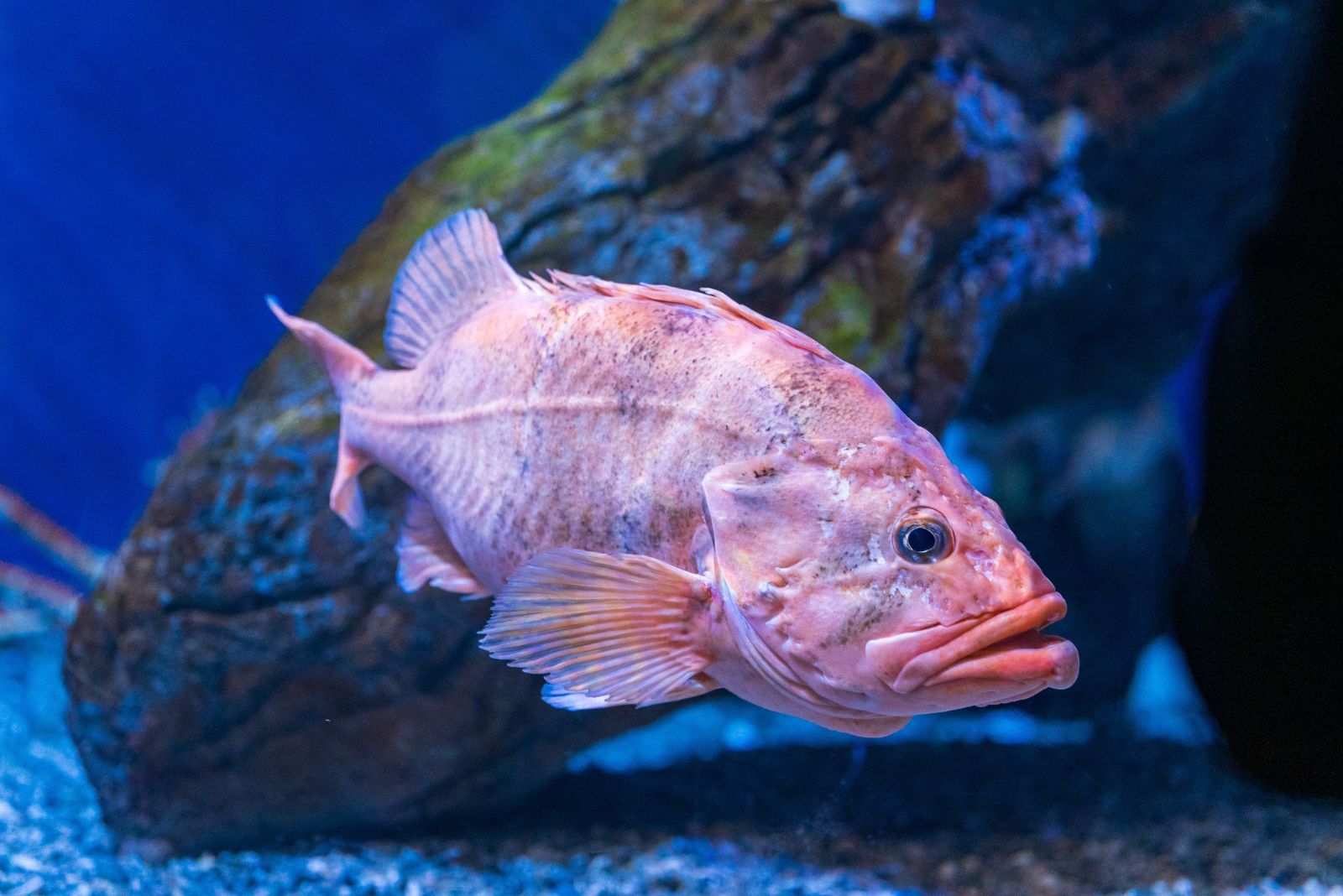
Rougheye rockfish are extraordinary animals that can live for more than 205 years!
Found in the depths of the ocean, they are recognized by their striking red eyes and ability to thrive in cold, dark environments. Their slow growth rate makes them vulnerable to overfishing, prompting conservation efforts to protect their populations.
As one of the longest-living fish species, rougheye rockfish provide valuable insights into marine ecology and the importance of sustainable fishing practices.
7. Koi Fish (220+ years)
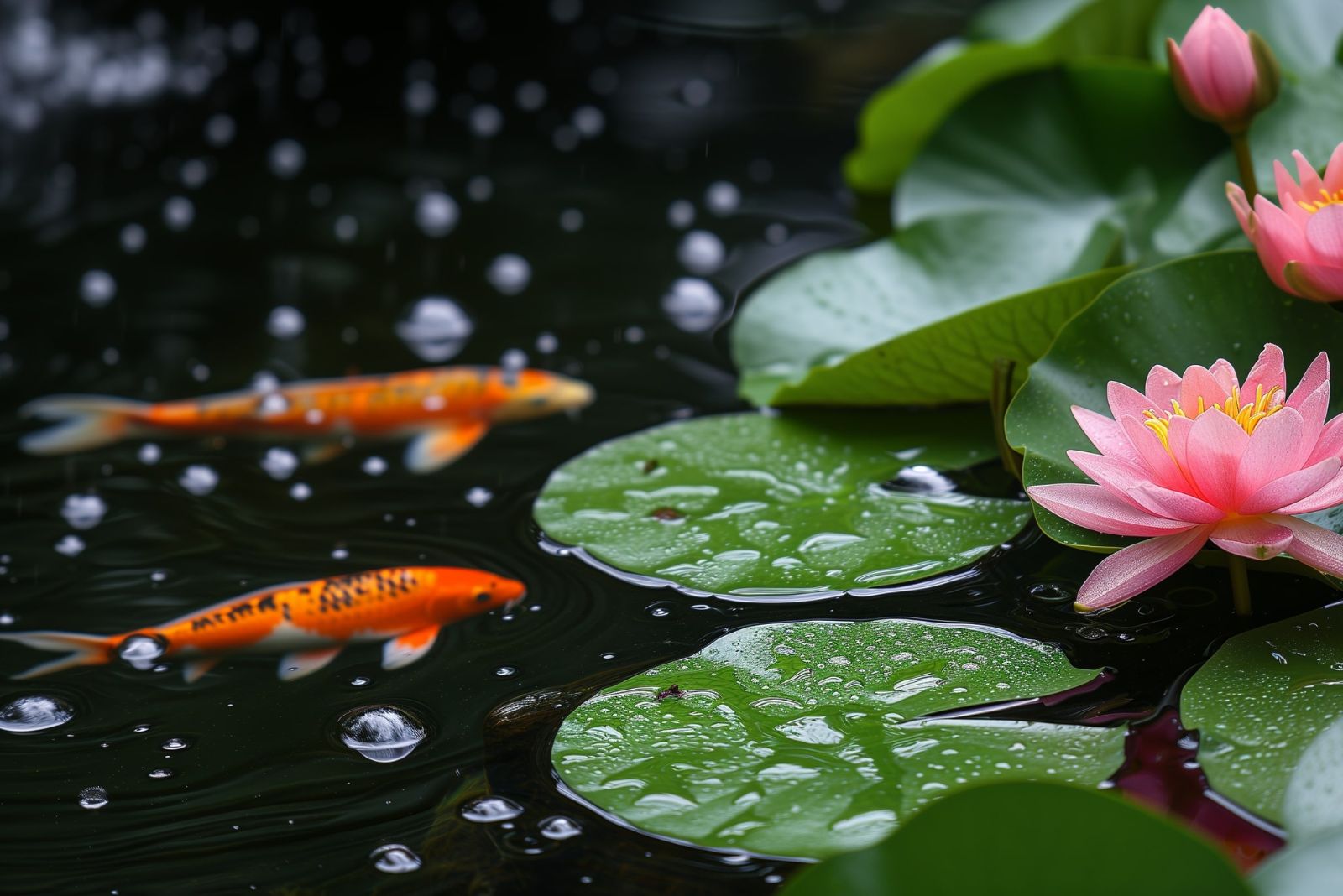
Koi fish are not just a vibrant addition to garden ponds; they can live for as long as 220 years, particularly when given proper care!
Revered in many cultures as symbols of good luck and prosperity, these beautiful fish are known for their ability to recognize their owners. Their bright colors and elegant movements make them a cherished choice for water gardens and ornamental ponds.
The long lifespans of koi fish inspire passion and dedication among enthusiasts who cherish these remarkable creatures.
6. Freshwater Pearl Mussel (280+ years)
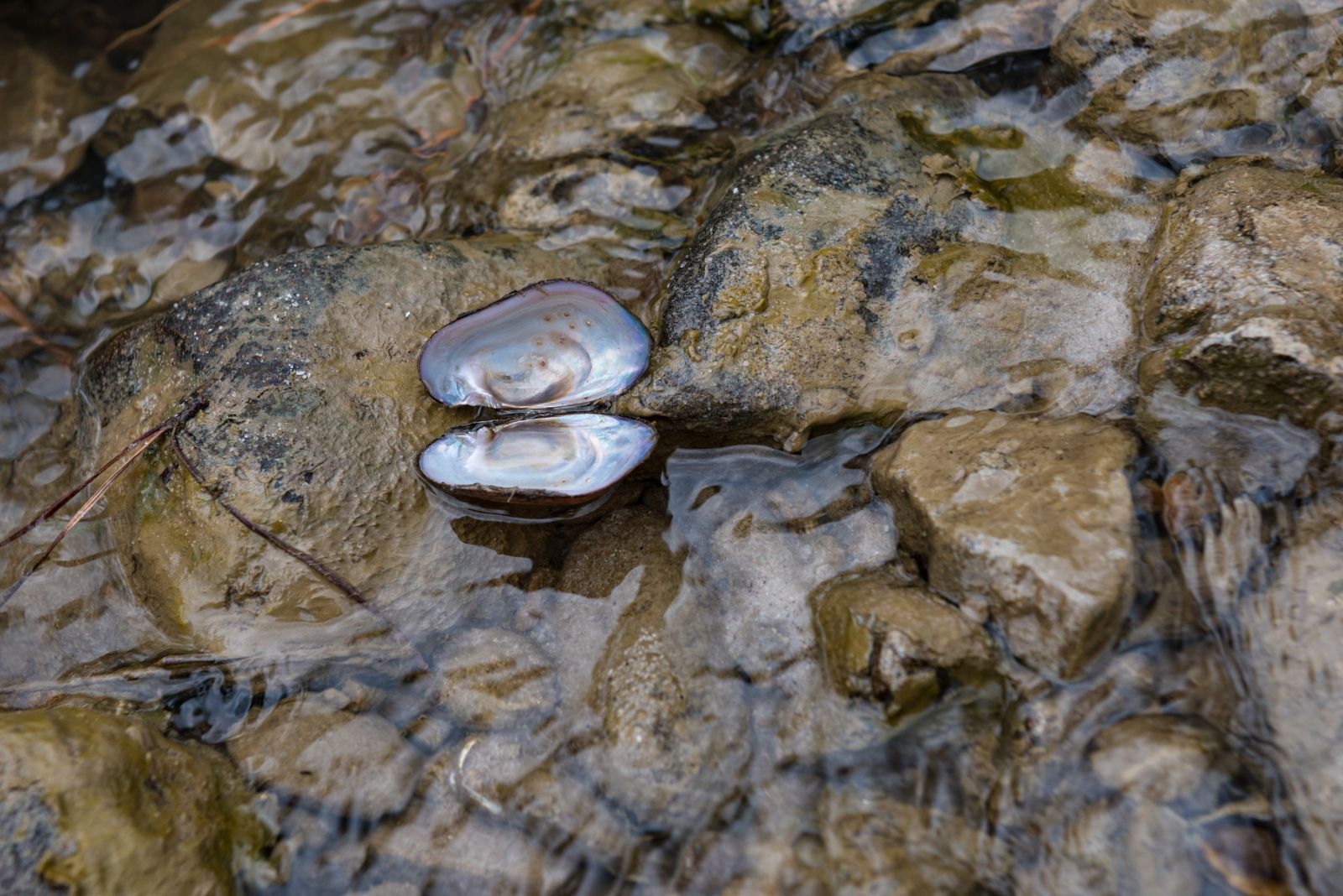
Freshwater pearl mussels are truly remarkable for their longevity, with lifespans that can extend up to an astonishing 280 years!
They are known for their ability to produce exquisite pearls, a result of their fascinating life cycle. These unique mussels rely on a host fish for their larvae to develop, showcasing a remarkable relationship within their ecosystems.
Sadly, their populations are threatened by habitat loss and pollution, making conservation efforts essential to protect these living treasures of the freshwater world.
5. Ocean Quahog (500+ years)
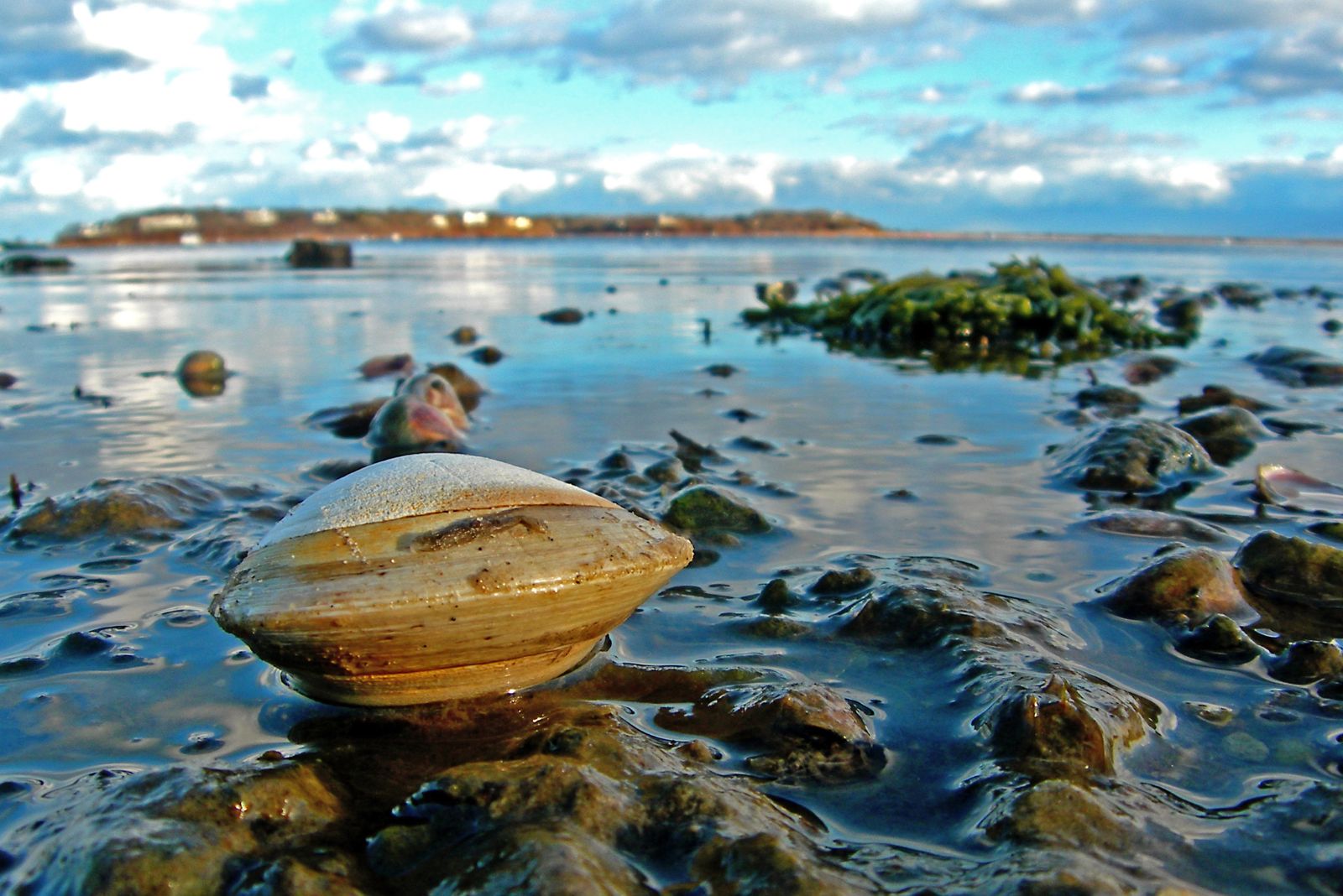
Ocean quahogs are among the oldest living marine organisms, with the ability to live for more than 500 years!
Found in the cold waters of the North Atlantic, these clams are known for their resilience and ability to survive environmental changes that would be fatal to other species.
Their remarkable longevity has sparked scientific interest, providing insights into aging and the health of marine ecosystems. As living relics of the ocean, ocean quahogs remind us of the importance of protecting our natural resources.
4. Greenland Shark (500+ years)

The Greenland shark is an enigmatic resident of Arctic waters, boasting an astonishing lifespan that can extend up to 500 years!
These enigmatic sharks are characterized by their slow growth and late maturity, often taking decades to reach reproductive age. Adapted to survive in icy conditions, Greenland sharks have a unique ability to thrive in the frigid depths of the ocean.
Their incredible longevity makes them one of the longest-living vertebrates on Earth, captivating scientists and researchers who seek to understand their secrets.
3. Black Coral (4,000+ years)
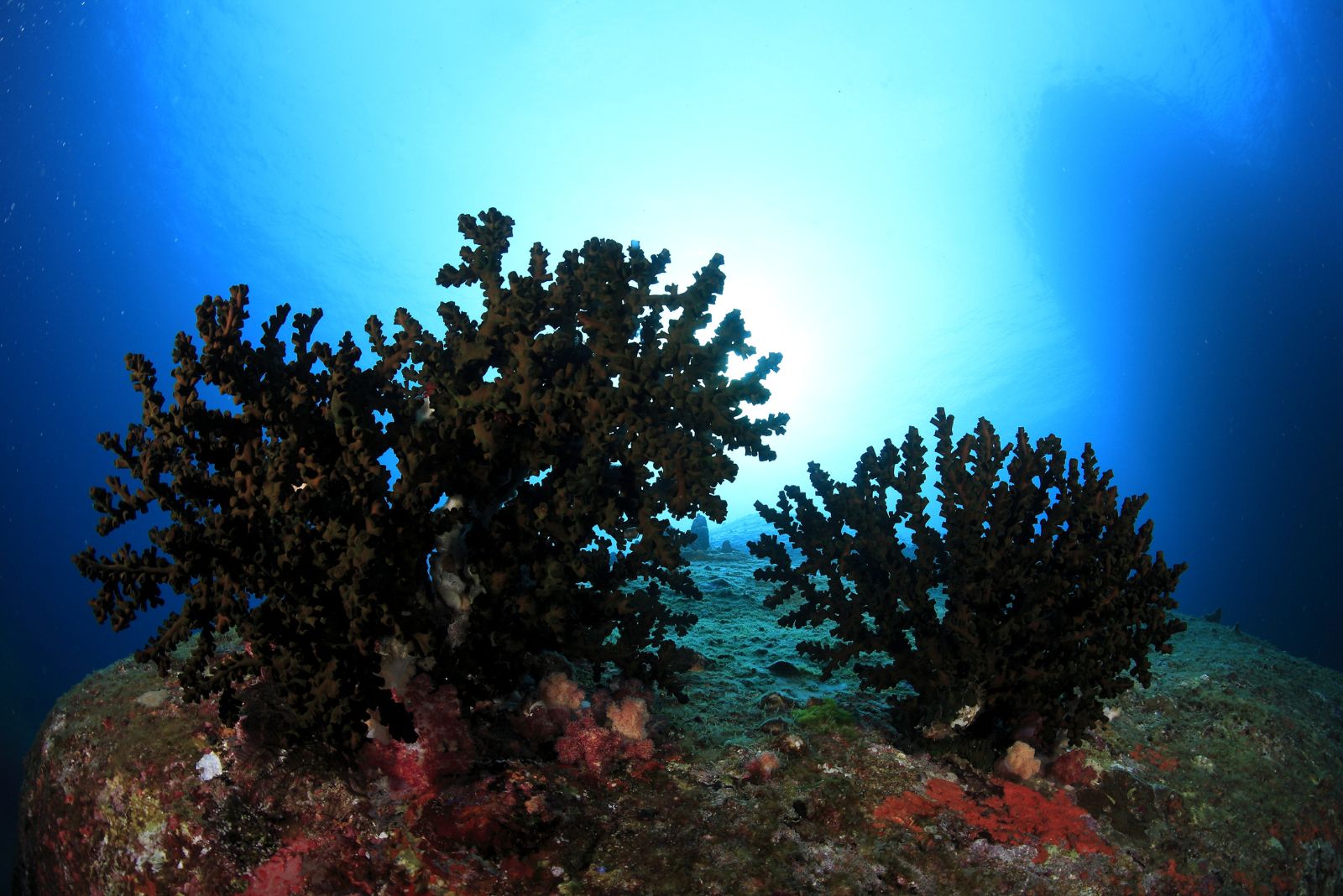
Black coral is an extraordinary organism capable of living for more than 4,000 years!
These ancient creatures form intricate underwater structures, providing essential habitats for diverse marine life. Their slow growth rate, often just a few centimeters a year, contributes to their impressive longevity.
Black corals play a vital role in marine ecosystems, acting as nurseries for fish and contributing to the overall health of the ocean. Their resilience and age make them fascinating subjects of study in marine biology.
2. Antarctic Glass Sponge (15,000+ years)
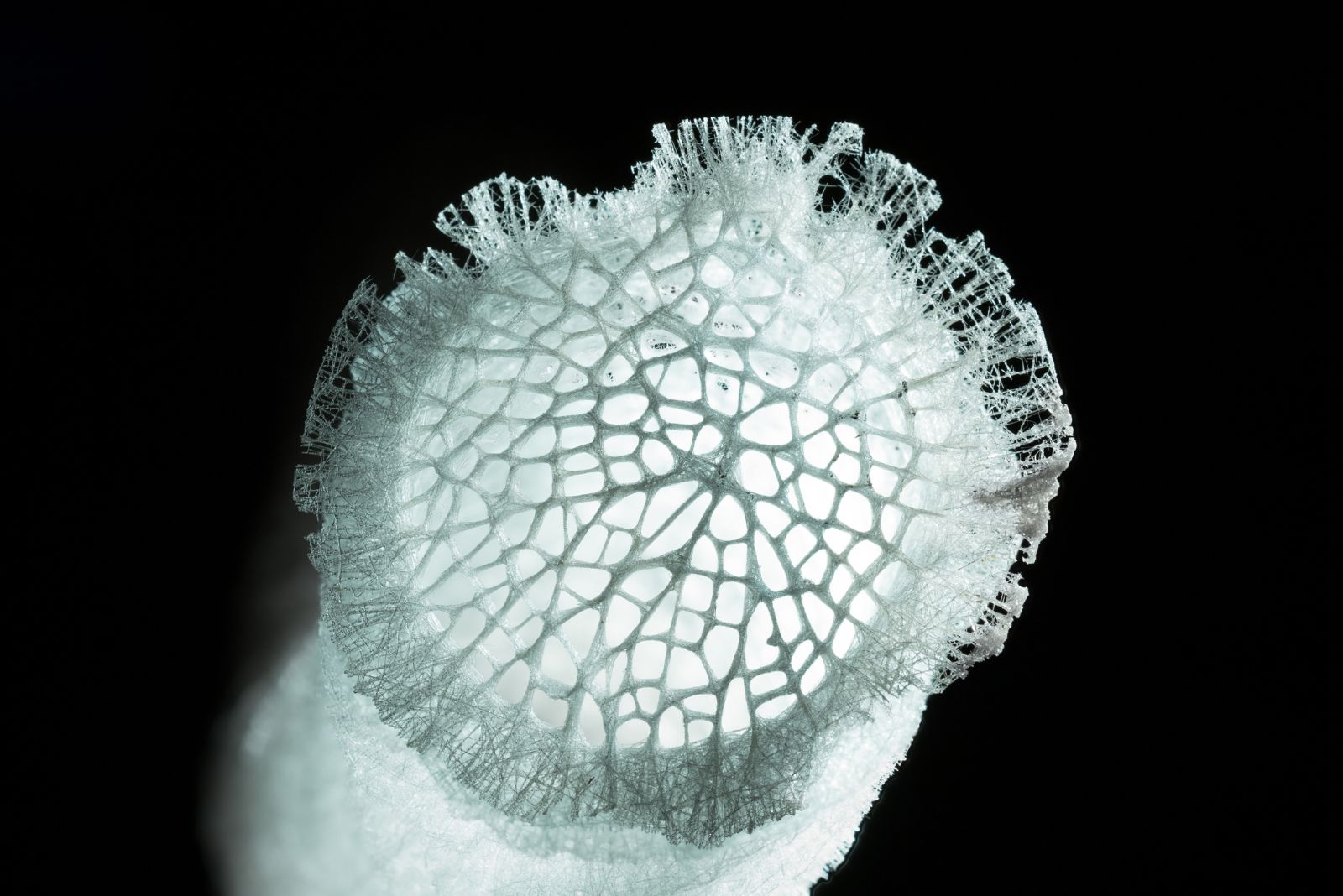
Antarctic glass sponges are remarkable beings, with lifespans that can extend to an astounding 15,000 years!
Their unique structure allows them to filter feed in the deep, dark waters of the Southern Ocean. The longevity of these fascinating organisms enables them to contribute significantly to the ocean’s ecology, playing crucial roles in nutrient cycling.
Studying ancient sponges offers invaluable insights into the history of marine ecosystems and the impacts of climate change.
1. Immortal Jellyfish (Forever)
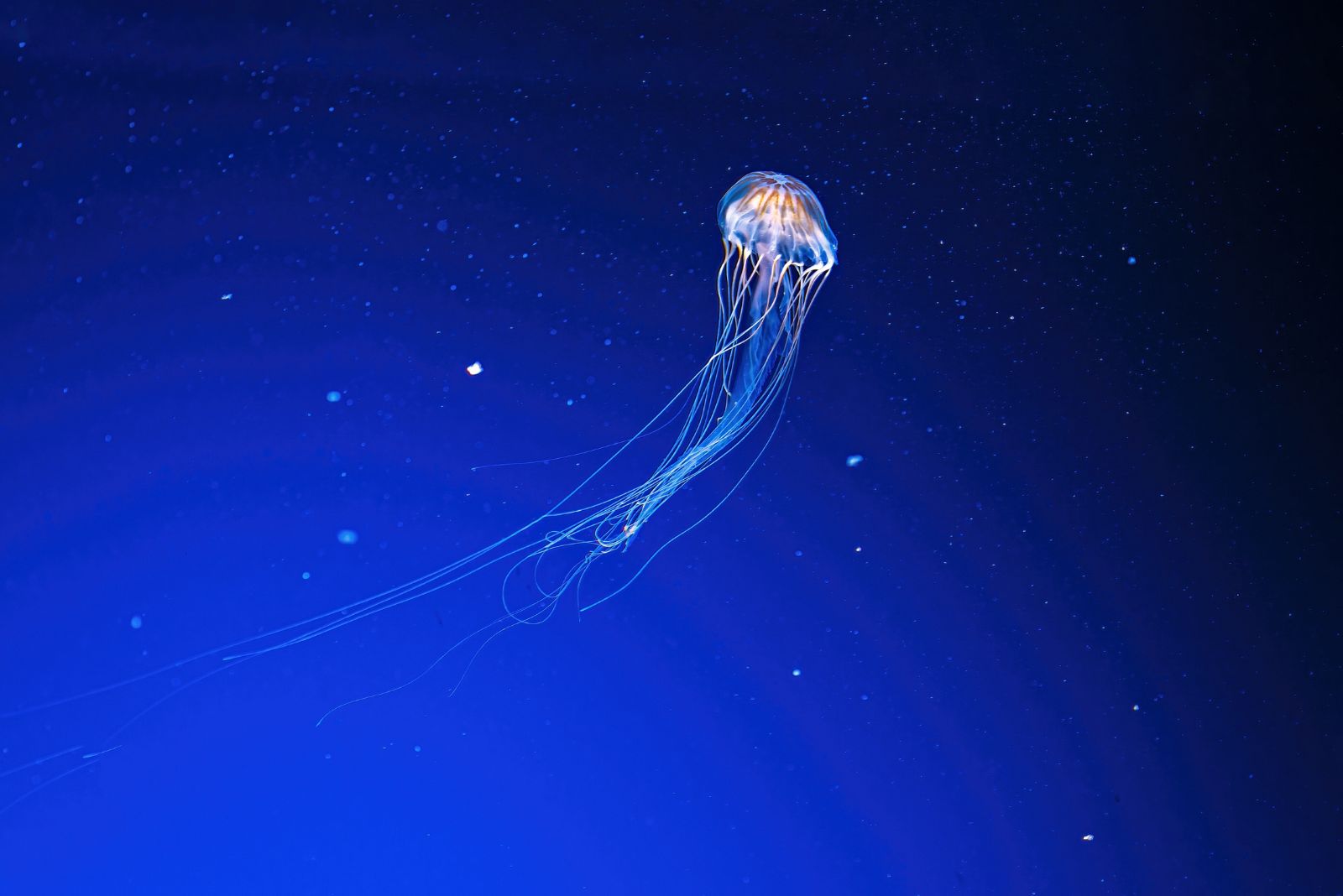
The immortal jellyfish is a remarkable creature with a unique ability to revert to its juvenile form after maturing, which means it could potentially live forever!
This incredible skill has captured the attention of scientists who are eager to learn more about its biology. By studying this jellyfish, they hope to uncover the secrets of aging and regeneration, opening doors to new possibilities in medicine and biology.
The immortal jellyfish is a remarkable example of evolution’s wonders and the limitless potential of life.


